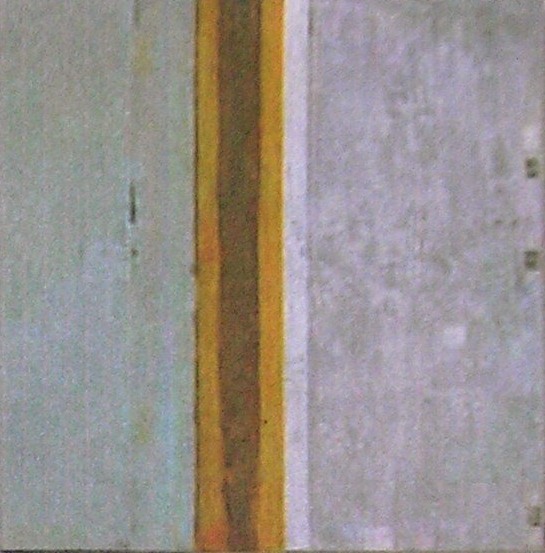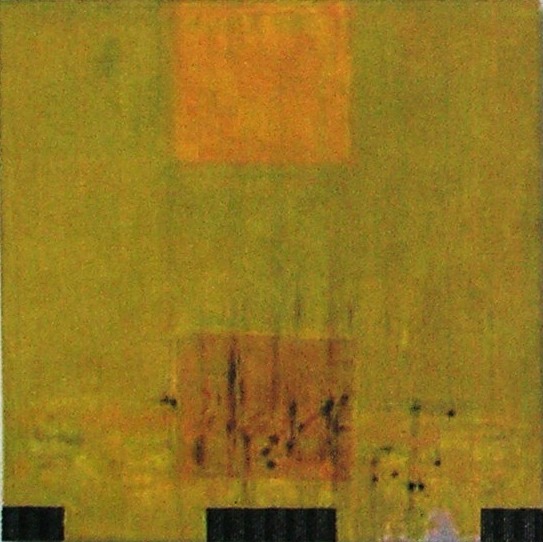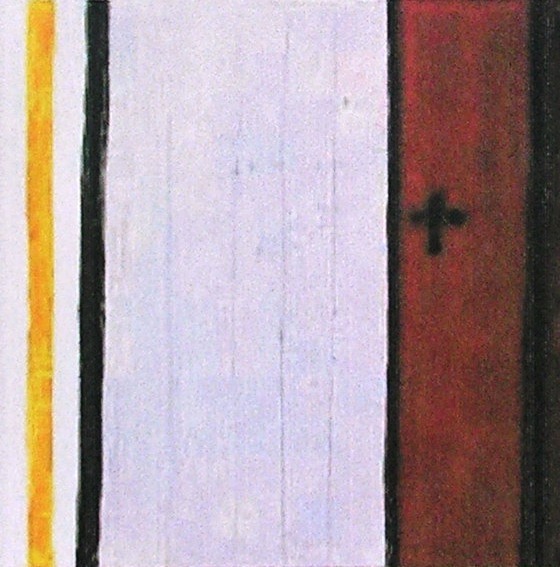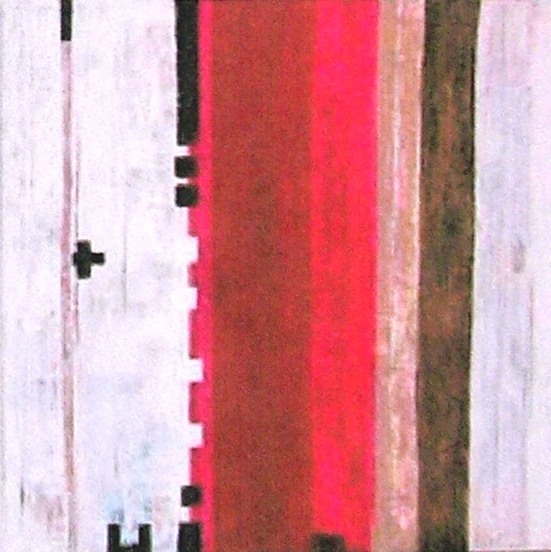Reuter, Johann-Peter - VM - Jérome Cottin
Johann-Peter Reuter: Missa
.JPG) |
.JPG) |
 |
 |
 |
 |
Above: Kyrie, Gloria and Credo
Below: Sanctus, Benedictus and Agnus Dei
The Visualisation of the Mass
by Jérôme Cottin
Missa, a cycle of six paintings, refers indirectly to the Bible through the portrayal of the six fixed parts of the mass. Johann-Peter Reuter, a German artist, has searched for visual equivalents to the music, songs and gestures used in Christian worship.
.JPG) |
.JPG) |
Kyrie and Gloria
He has selected the six traditional moments of the Latin mass that are said, sung, and put to music by composers of old and contemporary ones like Arvo Pärt, Krysztof Penderecki and Alfred Schnittke:
Kyrie: confession of sins and request for forgiveness.
Gloria: affirmation of the grandeur of God.
Credo: confession of the Christian faith.
Sanctus: proclamation of the holiness of God.
Benedictus: a benediction that concludes the Sanctus.
Agnus Dei: Christ gives his life for mankind as the lamb of God.
.JPG) |
.JPG) |
Credo and Sanctus
These paintings are non-figurative. They consist of lines, mostly vertical ones, and five colours: ocre, yellow, white, red and black. When you listen to a musical mass or read the liturgical texts, it will not be hard to find similarities between them and these six canvases:
Kyrie expresses the difficult relationship between humans and God by means of an interrupted ladder.
Gloria speaks of the grandeur and majesty of God through an intense yellow.
Credo speaks through solid vertical lines of the restored relationship between God and man.
Sanctus expresses the mystery of God through three black blocks.
Benedictus announces the coming of God in Christ through the gift of the cross: we see a dark red with a cross.
Agnus Dei proclaims that the lamb of God is also the risen Christ: the red has become brighter and the cross reoccurs against a white background, the colour of the resurrection.
.JPG) |
.JPG) |
Benedictus and Agnus Dei
These non-figurative contemporary paintings thus prolong the gift of God received during Christian worship. Conversely, they invite us to deepen the aesthetic message of these six paintings through a spiritual journey lived in conjunction with the Christian liturgy.
*******
Johann-Peter Reuter: Missa, 2004, acrylics on canvas, six times 130 x 130 cm. © Evangelische Kirche in Kurhessen-Waldeck, Germany.
Johann-Peter Reuter (b. 1949) studied painting and graphic arts in Dortmund. Since 1978 he has worked as a painter and graphic artist. He has had numerous exhibitions inside and outside Germany. He started as a figurative artist, even though his objects and figures were rendered differently than they appear in real life. He wanted to show more than meets the eye, to enter the area of the imagination, which points to zones of human consciousness that cannot be portrayed or proven, but nonetheless exist in us. His way of working has over time become more and more non-figurative. Music is implicitly present in all of Reuter’s works, providing a religious impuls. He has translated his musical experiences in series of paintings that are dominated by one or just a few colours, while the other formal features of the works underline the meaning opened by these colours. For more, see http://www.johann-p-reuter.de.
Jérôme Cottin is Professor of Practical Theology at the Faculty for Protestant Theology at the University of Strasbourg, France. He has written numerous articles and several books about Christianity and art (see www.protestantismeetimages.com/Publications-de-Jerome-Cottin-1990.html) and is responsible for the website www.protestantismeetimages.com.
ArtWay Visual Meditation May 24, 2015






